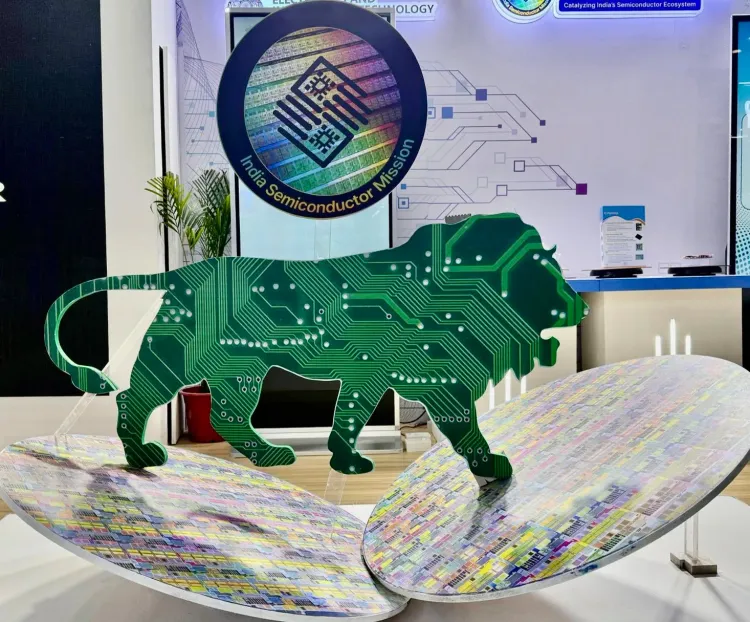Is India Transitioning from Mobile Phone Assembler to a Global Manufacturing Hub?

Synopsis
Key Takeaways
- India has transitioned from an import-dependent to a global manufacturing hub.
- Mobile phone exports surged from $0.2 billion to $24.1 billion.
- Domestic Value Addition increased to 23%, exceeding $10 billion.
- India is now the world’s 3rd-largest mobile phone exporter.
- Government support and strategic integration into global value chains catalyzed growth.
New Delhi, July 23 (NationPress) Indian mobile exports have surpassed domestic demand, emerging as the key driver of production. The nation has transitioned from an import-dependent mobile market in 2014-15 to a global manufacturing and export powerhouse by 2024-25, according to a recent study.
Since 2018-19, net mobile phone exports have exhibited remarkable growth, soaring from $0.2 billion in 2017-18 to an impressive $24.1 billion in 2024-25.
India is evolving beyond merely assembling imported components to cultivating a robust industrial base where intricate parts are produced locally.
"India's mobile phone production has significantly increased its Domestic Value Addition (DVA), both directly and indirectly through ancillary industries. This indicates a maturing ecosystem with enhanced domestic engagement," stated the study by the Centre for Development Studies (CDS), a social science research institution.
The total DVA, encompassing direct and indirect contributions, rose to 23 percent, surpassing $10 billion in 2022-23.
The country has now positioned itself as the world’s 3rd-largest mobile phone exporter, achieving exports worth $20.5 billion (CY2024). The government's backing since 2017 and strategic incorporation into global value chains (GVCs) following the introduction of the Production Linked Incentive (PLI) scheme have propelled India's success, the findings revealed.
The mobile phone production sector employed 1.7 million workers in 2022-23. The jobs associated with mobile phone exports surged by over 33 times, as reported by the study.
“India’s success reflects the trajectory of other Asian economies—initially achieving scale and subsequently deepening value addition over time. Sustained government support in this domain will be crucial over the next decade,” remarked Professor C. Veeramani, CDS Director and RBI Chair Professor.
“With mobile phone manufacturing serving as a model for growth, India can replicate similar strategies across the electronics sector to establish itself as a global manufacturing leader,” he added.
Reflecting on the study's findings, Pankaj Mohindroo, Chairman of the India Cellular and Electronics Association (ICEA), stated, “This study reinforces ICEA's consistent message that strategic integration into global value chains is vital for boosting exports, enhancing domestic value addition, and generating employment.”
“The evidence unequivocally supports our view that India’s involvement in backward-linked GVCs has yielded significant benefits for the nation,” he concluded.









